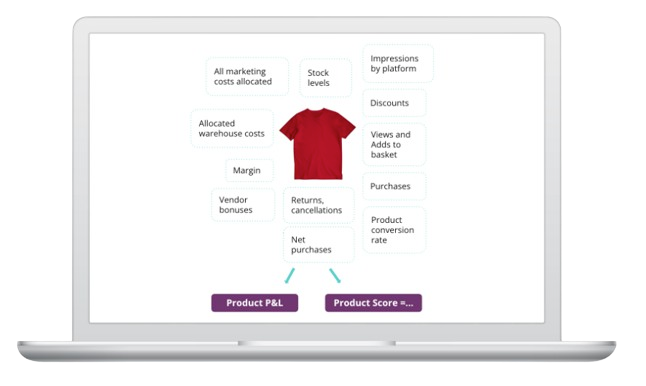Product portfolio remains the most powerful business performance lever for retailers & e-commerce businesses and yet many still struggle even with areas like calculating transactional profitability of their SKUs.

Get in touch with Marketingintelligence team & book your consultation for free.